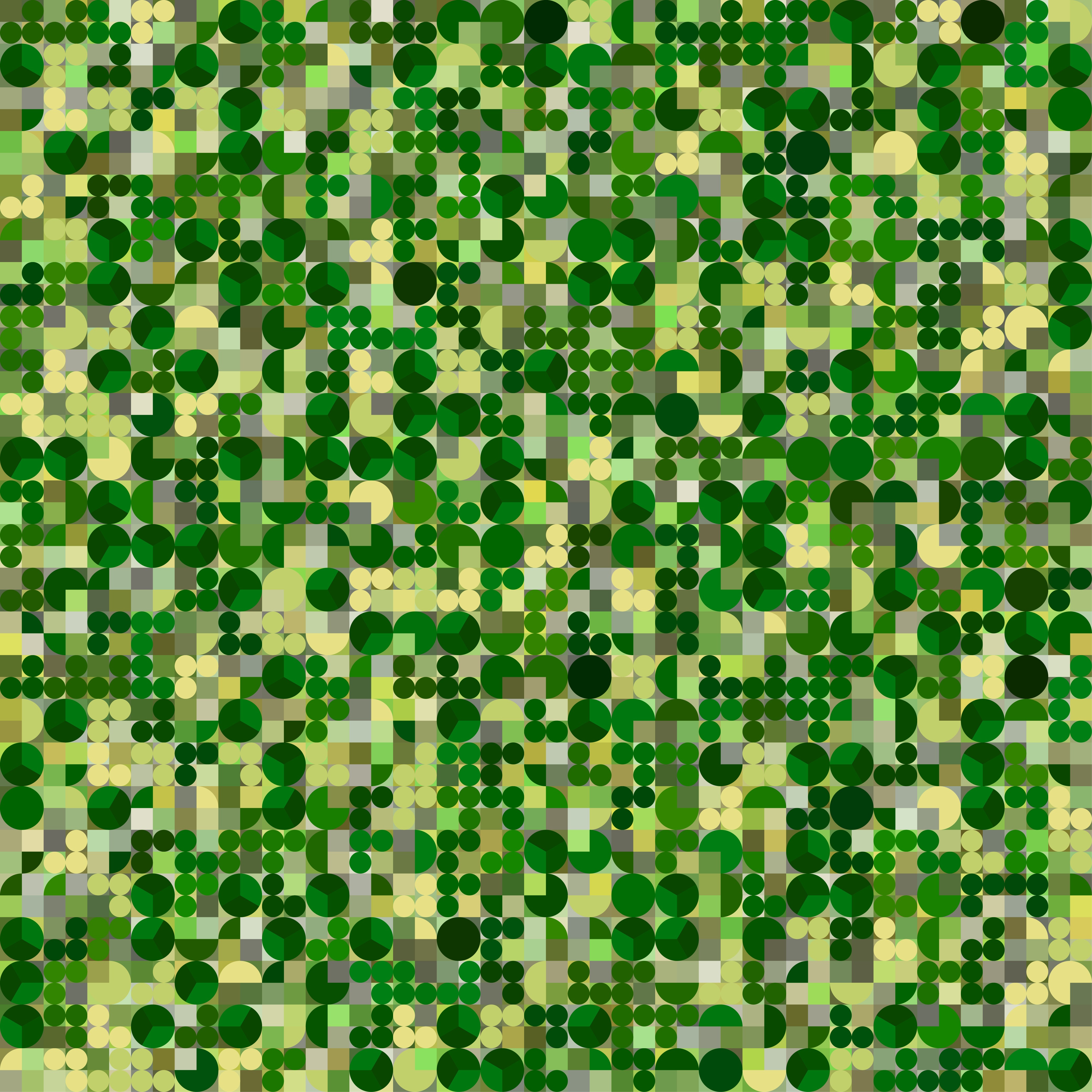Israeli imagery analytics for ag platform Taranis has closed a $20 million Series B round of funding led by Viola Ventures, an Israeli venture firm making its first investment into agtech.
The round also attracted investment from three major agricultural businesses: Canadian fertilizer company Nutrien, Sumitomo Corporation Europe, and ag products retailer Wilbur Ellis via its venture arm Cavallo Ventures, as well as Singapore state fund Vertex Ventures, Israeli crowdfunding platform OurCrowd, and others.
Taranis uses imagery captured from airplanes, drones, and satellites, to offer farmers insights about how their crops are growing throughout the growing season.
“We wanted to have strategic investors in this round and all of them have been our clients for the last two-to-three years so it was quite easy for them to understand our products and where we’re going as a business,” said Ofir Schlam, CEO of Taranis. “Strategic investors give us a lot of great credibility; if someone of the best companies in ag retail and innovative ag products believe in us and our potential to revolutionize the industry. But it was also great to have a financial investor lead the round giving us financial credibility too. Viola had been looking for the right investment to make in agtech for a long time.”
Taranis is understood to have one of highest valuations in the remote sensing space for agriculture at the moment, which Schlam put down to its technological competitive advantage and IP, agronomic credibility, and now its ongoing access to capital.
Taranis’ main IP is in its image-capturing hardware, according to Schlam. This hardware was developed by one of its founders who worked in the aerospace defense industry and can capture clear images at speed; Taranis says its images are 500 times more detailed than other monitoring platforms.
“To capture images at the leaf and insect level in enough detail without compromising scale is hard; fast cameras are not enough and it’s not scalable to have drones hovering over leaves. We have a whole hardware system does everything in real-time to compensate for the speed of the aircraft, speed that typically results in blurred images,” said Schlam.
The thousands of images it collects are then sorted and analyzed by Taranis software platform that uses deep learning to identify which images relate to which nutritional deficiencies or pests. Taranis crowdsources the information needed to teach the system what the various ailments look like from 300 agronomists and annotation experts working on the ground and inputting ground-truthed data into the system.
The company does not run into much competition in the field yet, however, which Schlam puts down to the youth of the agtech market. It also recently acquired Californian startup Mavrx to expand its footprint, technology stack, and aerial imaging capabilities in the US.
“There are quite a few players in the imaging space at different stages but we’re not really at the stage of taking clients away from any competition; the market is still so young. Over time there will, of course, be more competition as we capture more of the market and others do the same.”
Taranis offers its clients, who are mostly broadacre row crop farmers at present, intelligence about their farms throughout the growing season.
Just weeks after planting, the company can give farmers a “stand count” — how many seeds have successfully emerged — giving them a chance to re-plant in certain areas if necessary. Later in the season, Taranis’ tech can detect different species of weeds so farmers can deploy specific herbicides, and it can scan again after herbicide application to determine any resistance, a major problem for farmers today, according to Schlam. It is also working on detecting insect risk and nutritional deficiencies that manifest visually on the leaf.
Typically a subscription to Taranis will include five to six airplane flybys a year but each package can be tailored to the operation in question, added Schlam. And satellite imagery can keep a track of things in between flights; for example, Taranis was able to watch the migration of Japanese beetles through different fields in Indiana.
In 2018, the company has flown 3 million acres globally; 20 million with satellites. Of this 40% was in the US as the company’s biggest market. It is also present in Brazil, Argentina, Ukraine, and is developing markets in Russia, Australia, and Canada, which this funding will contribute to.
“We don’t need any more market at the moment; there’s a huge opportunity in all seven of the markets we cover, so we will work to cover any crop and ramp up our drone and airplane operations in each,” said Schlam.




